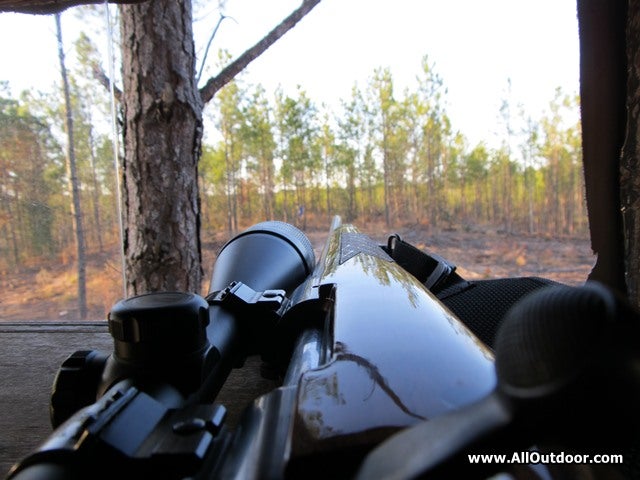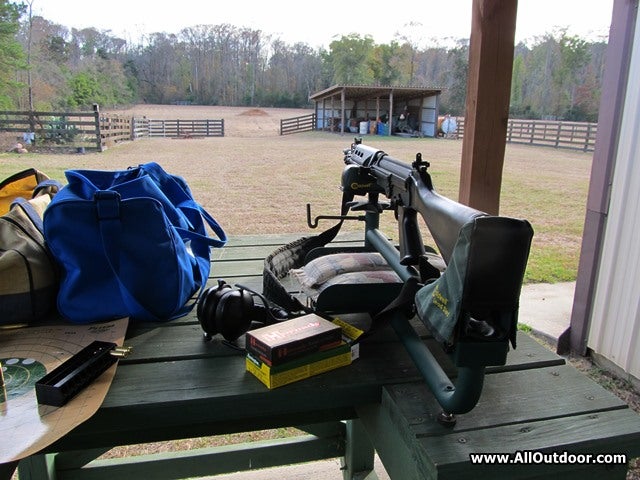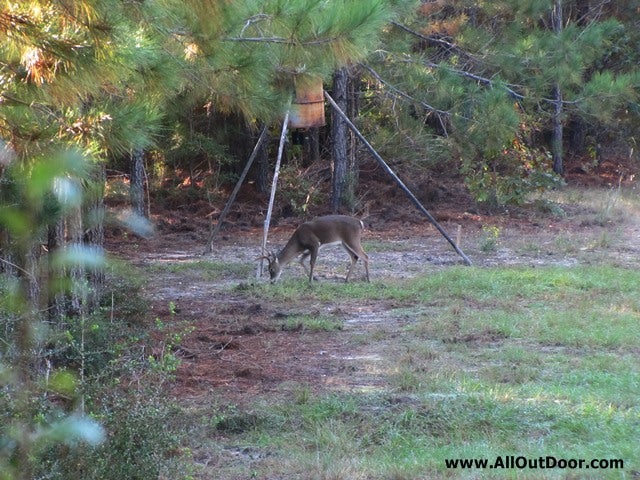How to Shop for a Rifle
Kevin Felts 07.11.18

Here we are in July of 2018, hunting season starts in a few months, and some of the readers may be shopping for a new rifle. So let’s take a few minutes and talk about how to shop for a rifle.
As we get online, or visit the local gun store, what are some of the things we may want to consider before making the purchase?
This article will focus on the average hunter who hunts average Whitetail Deer sized game. From time to time we will mention various other types of calibers and game animals.
Recoil
As recoil increases, accuracy decreases. Typically, the largest caliber most people can shoot accurately is the 30-06 Springfield. Of course that statement is subjective to experience, body size, and training. The key word is “typically.”
The 30-06 is also capable of taking most animals in North America. With all of that in mind, let’s set the upper range of rifle caliber selection at the 30-06.
Of course there are the people who hunt dangerous game, maybe go to Africa, or travel to Alaska. For those people the 30-06 may not get the job done.
When shopping for a rifle, how much recoil will the shooter be able to manage? As mentioned earlier typically the upper limit is the 30-06. So let’s back off of that a little bit.
Minimum Caliber
Rather than getting into the debate on whether .22 caliber bullets (223 Remington / 5.56mm, 22-250) are adequate for deer sized game, let’s use state law. Just because one caliber is legal in one state does not mean it is legal in another.
Some states prohibit the use of .22 caliber bullets for deer hunting. This puts us with the minimum rifle caliber at around the 243 Winchester. Some would argue the 243 is too small for deer. That is a personal debate we are going to avoid in this article.
However, there is no doubting there have been countless deer taken with the 223 Remington/5.56mm and the 243 Winchester.
If we are hunting small game such as rabbits, there is the 22 long rifle and 22 magnum.
Rifle Action
The most common rifle action is the bolt action. Not to say bolt action is the best as that would be subjective. Even though the lever action has been produced for well over 100 years, the lever action design is not as strong as the bolt action.
The strength of the bolt action allows it to be chambered in larger calibers than lever action.
Some people prefer semiautomatic, such as the Remington Woodsmaster series. While other shooters prefer single shot, such as the Ruger no. 1.
The goal is to find a rifle action that best suites the shooter. On average, semiautomatic rifles are going to have less felt recoil than a bolt action, lever action or single shot. This is because the semiautomatic action absorbs some of the recoil.
Be sure to check local and state laws. Some states have various restrictions on using semiautomatic rifles for hunting.
Game Size
As mentioned a the start of the article we are focused on the average hunter in the average state. Most hunters will have at least two rifle calibers:
Small game examples:
- 22 long rifle
- 22 magnum
- 17 HMR… etc.
Deer and wild pig sized game examples:
- 6mm Remington
- 6.5mm Creedmoor
- 257 Roberts
- 7.62×39
- 7mm-08 Remington
- 270 Winchester
- 7mm express / 280 Remington
- 30-30 Winchester
- 308 Winchester
- 30-06 Springfield
It would be almost impossible to discuss all of the rifle calibers in a single article as there has been well over 100 years of civilian and military cartridge development.
Typically, most deer hunters favor the:
- 270 Winchester
- 30-30 Winchester
- 30-06 Springfield
The 30-30 has been in production since 1895, the 30-06 since 1906, and the 270 since 1925. Their longevity is a testimony to their adequate performance on deer sized game.
Shot Distance
Now we are getting into the meat and potatoes of the article. Shot distance is one of the deciding factors in shopping for a rifle. Pick the wrong caliber and the bullet drops drastically after a given distance.
Maybe some of the readers have heard the old saying the 30-30 Winchester is a 100 yard gun, or at the most a 150 yard gun? The 30-30 Winchester can shoot a lot further than 100 yards. The problem is the cartridge design means the bullet drops after around 150 yard.
270 Winchester sighted in at 100 yards will drop around 3 inches at 200 yards, and between 11-12 inches at 300 yards.*
30-30 Winchester sighted in at 100 yards will drop around 7 inches at 200 yards, and close to 30 inches at 300 yards.*
30-06 Springfield sighted in at 100 yards will drop around 3.5 inches at 200 yards, and close to 13 inches at 300 yards.*
* Rough estimates that are influenced by bullet design, manufacturer, and various other factors.
If a hunter is going to making shots out to 200 yards, would they rather have a bullet that drops 7 inches, or 3 inches? If we were to extend that out to 300 yards, which would be better, a 11-13 inch drop, or a 30 inch drop?
Synthetic or Wood Stock
Walk into a gun store, look at the rifles, and chances are there will be a number of rifles with wood or synthetic stocks. Decades ago firearms were made almost exclusively with wood stocks.
What is the difference between the two?
Synthetic does not move when wet. When wood gets wet it has a tendency to expand. When a stock expands it can press on the barrel, which could affect accuracy.
Rifles with synthetic stocks typically cost less than wood stocks.
On a personal note, when my Remington model 700 was around a decade old the wood stock warped, pressed against the barrel, and had to be replaced. After the stock warped, the rifle went from shooting 1.5 inch groups at 100 yards to 12 inch groups.
Final Thoughts
That should be it for now. Maybe the readers could offer some suggestions?
We have not even touched on extreme weather rifle materials, such as stainless. Nor have we talked about barrel length, or adjustable triggers.
Then there is the topic of optics, which is a whole other article to itself. For the average hunter shooting out to 200 yards, chances are something like a 4-12×50 will suffice. Those numbers mean the magnification is adjustable between 4-12 power, and lens measures 50 mm across. The larger the lens, the more light the scope collects.
Chances are the average shooter is going to be looking for a bolt action rifle in 270 Winchester, 308 Winchester, 30-06 Springfield, or a lever action in 30-30 Winchester, with either a 3-9 or 4-12 optic.

